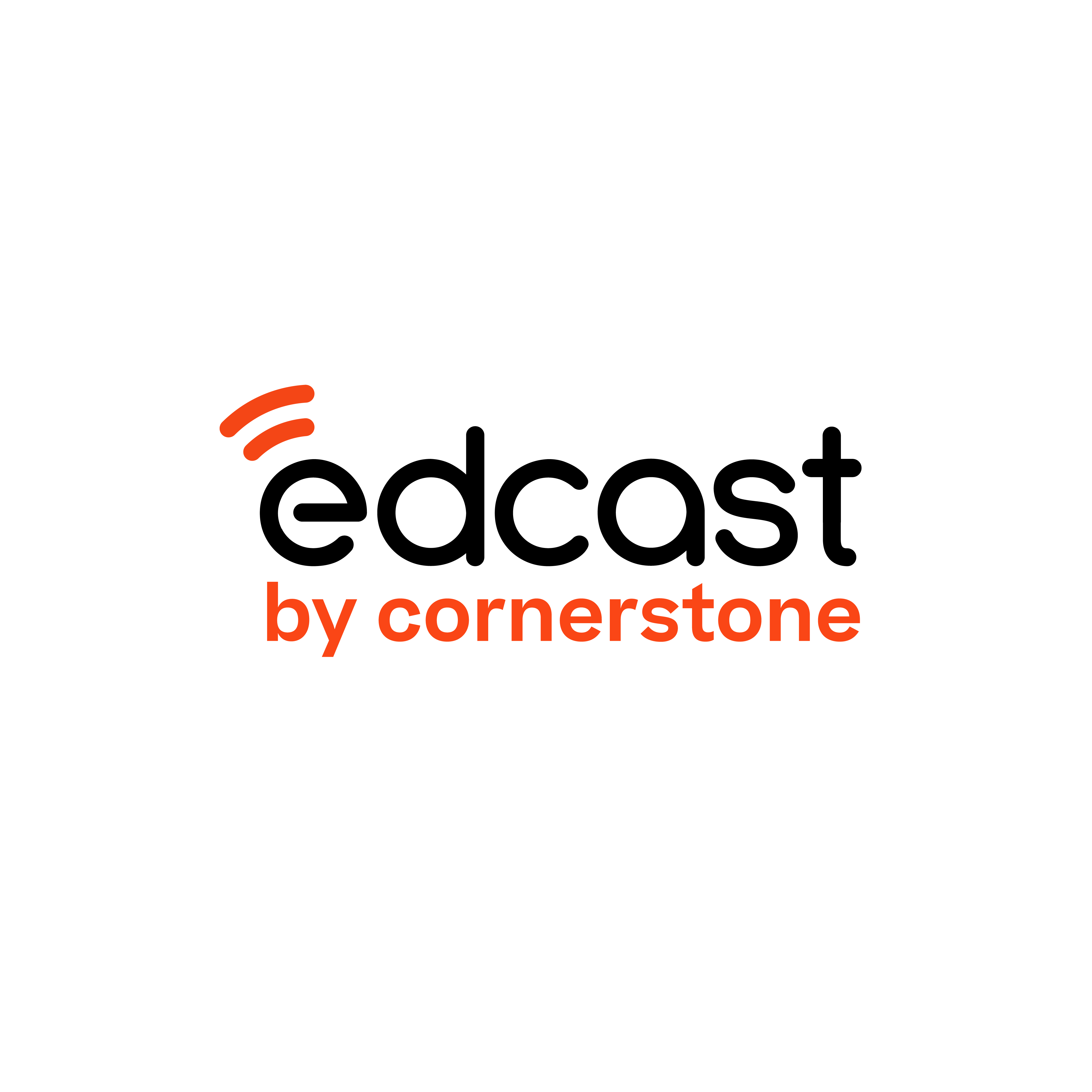 Learner experience is much more than a buzzword; it heralds a paradigm shift. With learner experience, organizations are not creating a learning plan. They are creating an experience, one that will translate to the single most differentiating factor. Experience embodies a “consumerized” approach that is hyper-personalised and multi-modal. Employees today are demanding the freedom to consume the knowledge when and where they want and how they want to from a wide range of content resources, tailored to their learning needs, style, preferences and interests. The learner as a consumer is now leading L&D.
Learner experience is much more than a buzzword; it heralds a paradigm shift. With learner experience, organizations are not creating a learning plan. They are creating an experience, one that will translate to the single most differentiating factor. Experience embodies a “consumerized” approach that is hyper-personalised and multi-modal. Employees today are demanding the freedom to consume the knowledge when and where they want and how they want to from a wide range of content resources, tailored to their learning needs, style, preferences and interests. The learner as a consumer is now leading L&D.
The conventional model of learning delivery is a “one-size-fits-all” approach where knowledge is shared with a broad range of people in exactly the same way. It often ignores the different learning styles of individuals. Today, organizations are being compelled to take a consumer-focused approach. They are making learning available on demand, listening more attentively to their employees, understanding their needs and creating & curating their corporate learning content that learners find useful, relevant and engaging.
Technology is playing the role of a catalyst in revolutionizing learning. Over the last decade, the Internet, social media, and mobile access have become huge factors in our personal and working lives, changing how we interact with information. Now, with information available to us at the click of a mouse or keypad, we have come to expect immediate answers to recreational and job-related questions. In the world of learning, learners can now “pull” the knowledge they need, when they need it, shifting control from L&D departments to the learner. This has led to the expectation that L&D functions should provide contextualized content that is directly mapped to individual needs leading to a surge in personalized learning. It breaks through age-old practices in the world of learning and development, and shifts the focus to the learner, turning the learner into the axis on which rests all other decisions – What path do organizations take? What method do they adopt? How do they bring the knowledge to the learner? – Everything falls into perspective when an organization adopts a singular approach – user-centeredness. While organizations and often learners blame paucity of time as a primary reason for poor learning habits, the actual culprit very often is content and the methods of delivery.

As those responsible for talent development – encouraging learning and rewarding learner behaviors? Self-directed learning is the purest form of talent development – but what are organizations doing about it? A philosophy where an individual feels responsible for their own development is essential to build an everyday learning culture, rather than an isolated training one. As Dr. Kalam put it: “True learning is not a process of pouring in from without, but a calling forth what is within. It’s a process of nurturing, of allowing, of evoking. It is a process of bringing forth the person one is meant to be…”
Learning initiatives must be intrinsically driven, for ensuring commitment over compliance. It’s just like therapy – you can’t really change, unless you know there is a problem and want to. Self-driven learning is a natural corollary to well-designed talent programs that allow individuals to achieve mastery in fields of interest or appeal to their sense of purpose. Some talent development programs come with an application form, which is a great way of how we can treasure learning, and not mandate, it. The idea then, is for organizations to create a talent development ecosystem to appeal to learners and for all to be similarly motivated in their own development.
Here are a few best practices organizations can build into their learning programs to encourage self-driven learning:
- Curated knowledge and programs available for learners to choose keeping in mind what is best for them
- Learning tailored to individual differences and styles
- Self-owned, intrinsic learning with some guidance on long-term learning journeys
- Driving culture change to create an environment where individual experiences work as an opportunity for growth and an opportunity for self-discovery.
- Teaching; learning, and helping individuals help one another develop.
- Learning leaders actively promote and facilitate networking and mentoring opportunities to grow interdependent relationships for improved outcomes and overall healthier organizations.
To create a culture of continuous learning, democratization and personalization of learning is a prerequisite. Learners should be encouraged to anticipate and not just react in determining the needs for new learning. The organization should encourage sharing of information and knowledge freely where every employee participates in collective learning activities. Learning should be integrated to the whole where the importance of learning is connected to the well being of self, others and all of life. They should promote a culture of curiosity and keep alive the power of wonder, welcome situations that raise uncomfortable questions and knowledge gaps. Learning organizations actively look for what needs to be ‘unlearned’ before new learning can take place. It is equally important that organizations create a psychologically safe environment where there is focus to learn from the fears, concerns and what is most meaningful to individuals. An environment of ‘abundance’ rather than one of deficit mindedness emphasizes learning that builds of strengths rather just fixing weaknesses.
Learning is a product whose demand is growing exponentially. L&D teams should act like Product Managers and start thinking about how to meet the growing consumer demand. Here is a checklist of some of the key considerations:
- Product: Is the learning aligned to business needs, contextual and of high relevance to the employees?
- People: What are the learning needs of employees and how do they learn?
- Place: Where are the employees based and how can the organization efficiently provide them with knowledge? How accessible is learning? How can an organization set up a system for delivering learning that is agile and responds to changing needs but maintains quality?
- Promotion: What is the brand of learning? How does the organization communicate the importance of learning to its employees?
- Price: What is the cost of creating, curating, transferring and applying knowledge?
- Performance: How does learning link to performance?


